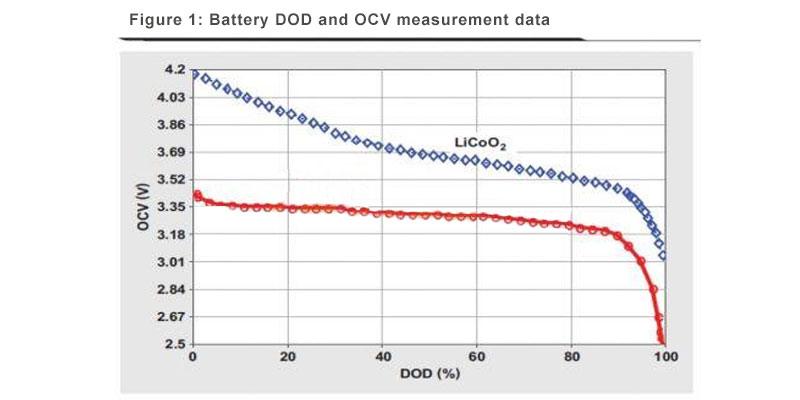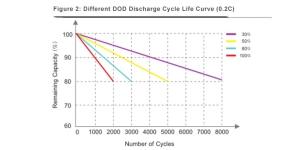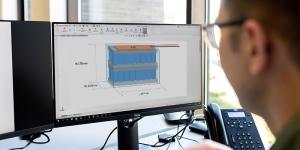How low can you discharge a lifepo4 battery
LiFePO4 batteries, celebrated for their durability and longevity, are a preferred choice in scenarios demanding reliable and safe energy storage. Grasping the depth to which these batteries can be safely discharged is pivotal for their upkeep and efficiency. This piece delves into the discharge limits of LiFePO4 batteries, the elements influencing these limits, and Himax Electronics’ role in refining battery discharge processes.deep-cycle-lifepo4-battery
Overview of LiFePO4 Battery Discharge Characteristics
LiFePO4 batteries are acclaimed for their stability and safety, boasting a flat discharge curve that ensures consistent voltage throughout most of the discharge cycle. Comprehending these discharge characteristics is vital for enhancing battery performance and lifespan:
- Flat Discharge Curve: LiFePO4 batteries generally sustain a steady voltage for up to 90% of their discharge cycle. Post this, the voltage drops more swiftly. This trait makes them suitable for scenarios necessitating consistent power output.
- Voltage Range: The nominal voltage of a LiFePO4 battery is typically around 3.2 volts per cell. It reaches a fully charged voltage of about 3.6 volts per cell and a fully discharged voltage near 2.5 volts per cell.
Safe Discharge Levels for LiFePO4 Batteries
Discharging a battery too low can significantly impact its health and longevity. For LiFePO4 batteries, the recommended discharge endpoints are critical to consider:
- Minimum Voltage Cut-off: It is generally safe to discharge LiFePO4 batteries down to about 2.5 volts per cell. Discharging below this point can lead to irreversible damage, reduced capacity, and a shortened lifespan.
- Implications of Deep Discharge: Deep discharging a LiFePO4 battery (i.e., below 2.5 volts per cell) can cause a condition known as voltage depression. This may not only reduce the battery’s efficiency but also impair its ability to hold a charge.
- Recovery from Deep Discharge: If a LiFePO4 battery is accidentally discharged below its safe threshold, it is crucial to recharge it as soon as possible to minimize damage. However, batteries discharged below 2.0 volts per cell are often irreversibly damaged and may pose safety risks during recharging.
Best Practices for Discharging LiFePO4 Batteries
To ensure optimal performance and longevity of LiFePO4 batteries, adhere to these best practices:
- Use a Quality Battery Management System (BMS): A good BMS will prevent the battery from discharging below its safe threshold by shutting down the power output when the minimum voltage limit is reached.
- Regular Monitoring: Regularly check the voltage levels during discharge, especially during high-load applications, to avoid going below the safe discharge level.
- Maintain Charge Cycles: Keeping the battery within the recommended charge and discharge levels helps maintain its health and efficiency over time.





